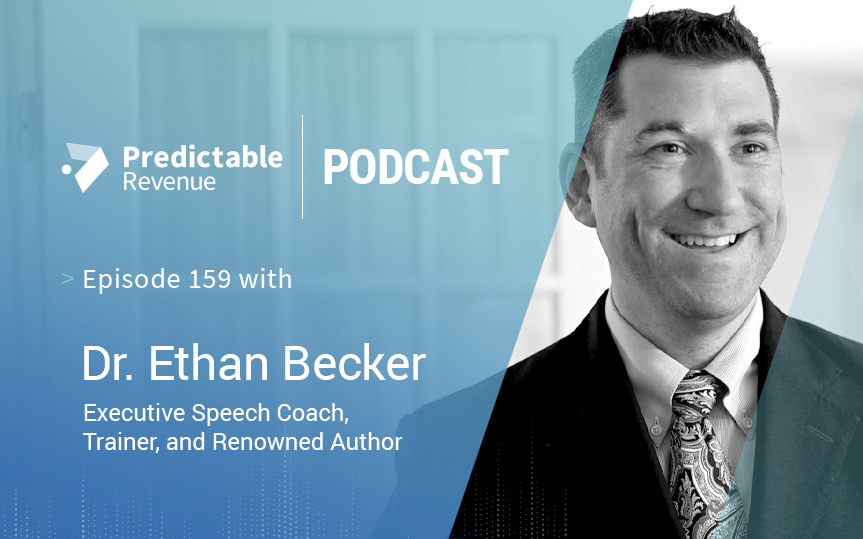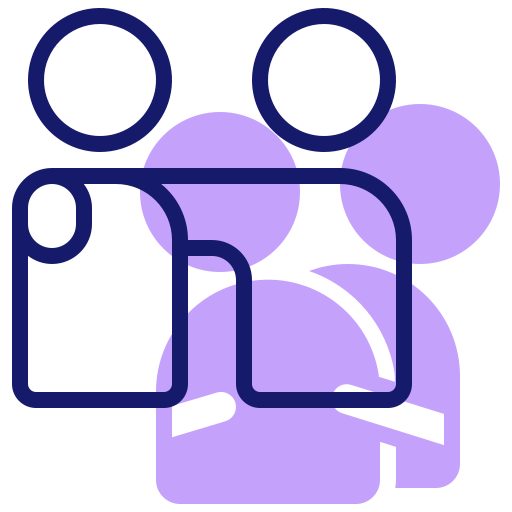Communicating Effectively in a Virtual Environment

Sales is about many things: finding the right prospects, having the right product, juggling a hectic pipeline…the list goes on. But, underpinning all of these responsibilities is one fundamental sales skill – communication.
Every good salesperson is a good communicator. After all, you have to communicate your product’s value, communicate your prospect’s pain, and communicate the next steps in a sales cycle. Without this skill, it’s going to be tough to get a deal across the line.
Of course, the environment in which we communicate, at least for some of us, have changed dramatically over the last few months. With the onset of COVID-19, communication has moved into an entirely virtual space.
For those that had any face-to-face sales experience, that has all but disappeared. And for those that have always primarily worked in online sales, this shift has, still, resulted in a change in communication.
“When we examine communication, you can look at the words we use, nonverbal communication, as well as print and written text. When you’re in a room with someone, your peripheral vision can see what’s happening. You’re talking to one person and you can kind of tell the body language of the other people in the room if they’re getting bored or or not,” says Dr. Ethan Becker, on a recent edition of The Predictable Revenue Podcast.
So when that’s not there, it’s not as easy. And in some cases, it’s audio only. In other cases, it’s a mix. If you’re using a technology that puts each person at the meeting in a square box on your screen. It’s also a little bit deceptive. If I’m a listener, or a prospect of yours, I might be a little bit more relaxed in the room. But on a screen, I’m sitting up straight, I’m making sure I look good on camera, and it’s a little bit deceptive. So there’s a lot of information that’s just missing.
Building meaningful, continued relationships with a client over video
So, with all of the subtle, nuanced changes in virtual communication, how do salespeople go about building lasting relationships with their prospects?
Because as every sales professional knows, building relationships with prospects is a key ingredient to closing deals – regardless of whether you’re selling transactional deals that close quickly, or you’re navigating long, enterprise-length sales cycles.
According to Becker, an important element in building long-term sales relationships in our new virtual environment is, actually, giving prospects some space. For instance, many of us are still knee-deep in COVID stay-at-home time. As a result, people, from all types of jobs, have been reporting screen fatigue – they’re just exhausted from being in front of a computer hour after hour each day.
Does this need to reduce screen time sound familiar? These people might be your prospects.
“For instance, they wake up and they’re in a meeting right away. And then, as soon as the meeting is over, you’re sitting in the same chair, with the same distance to the screen working on the content from the meeting. Or, worse yet, you go from one meeting to the next and there’s no breaks. It’s like, boom, boom, boom, boom,” says Becker.
They’re tired, mentally, physically, and, maybe, they’re distracted from stuff at home. Don’t discount the home life they are juggling as well. So I would be respectful of that time, as you’re reaching out. Pay attention to that. And then, when you get on the call, I would ask ‘is this still an okay time for us?’
That’s a very authentic thing to do, adds Becker. Because, let’s face it, they may not have any time, or, mentally, they’re just not there. When someone is in that frame of mind, and they still keep the meeting, they end up just nodding and smiling but they’re not even close to hearing what you have to say. You embark on your well-crafted 45-minute presentation, but they’re not retaining it. So showing that respect up-front is a wonderful way to help further the relationship.
And when things lighten up, you’re the first person that they call.
(Editor’s note: we had Justin Welsh on the pod recently to discuss how to build a culture that attracts top performers. You can read about our chat here, or listen to the entire in-depth interview here)

Balancing screen fatigue
If prospects are suffering from screen fatigue, surely the same goes for salespeople, right?
First step: schedule yourself some breaks. I know, I know, that can be surprisingly hard to do, especially when others are scheduling calls for you. So, suggests Becker, try and make hour-long meetings 50 or 55 minutes long. Give yourself that few minutes break before you jump back into another call.
And when you can, make sure to stand up and leave your workstation, adds Becker. Go for a quick walk into the other room, take a step outside, or go sit on the couch. Even if you literally get 60 seconds in another area, it can have a significant effect.
Furthermore, screen fatigue has an affect on our ability to process things. For example, in American English, the average person speaks at a rate of approximately 183 words per minute. That’s the average rate of speech. And, depending on who you’re talking with, we can think at like 600 words per minute. We can think that fast.
“So that means there’s like 400 or so words a minute, in which we’re doing other things all the time. Even right now, while I’m talking, in the back of people’s minds they may be sitting there thinking ‘Oh, I have to get that email out.’ In fact, really skilled sales professionals are using that extra 400 words a minute whether they know it or not, to look at all sorts of things,” says Becker.
But with screen fatigue, processing that becomes much more difficult. with screen fatigue that is strained. And because our meetings are on a screen, we don’t see people live. It becomes exhausting to pay attention and truly understand your customer’s needs.
So, adds Becker, the trick is being proactive. Get a good night’s sleep before a big meeting, and eat right. Combine that important element of self care with regular breaks and dealing with screen fatigue becomes much more manageable.
For more on Becker’s thoughts on communication in an online world – including tips on objection handling – check out the rest of his interview on The Predictable Revenue Podcast.
NO TIME TO READ?
Listen On:
Experience and a lot of testing have shown us that it is possible to create email templates that people actually resonate with.
You don’t have to figure it out alone, whether you’re starting off as a sales representative, looking to improve your game or providing your team with expert advice, we have your back!


